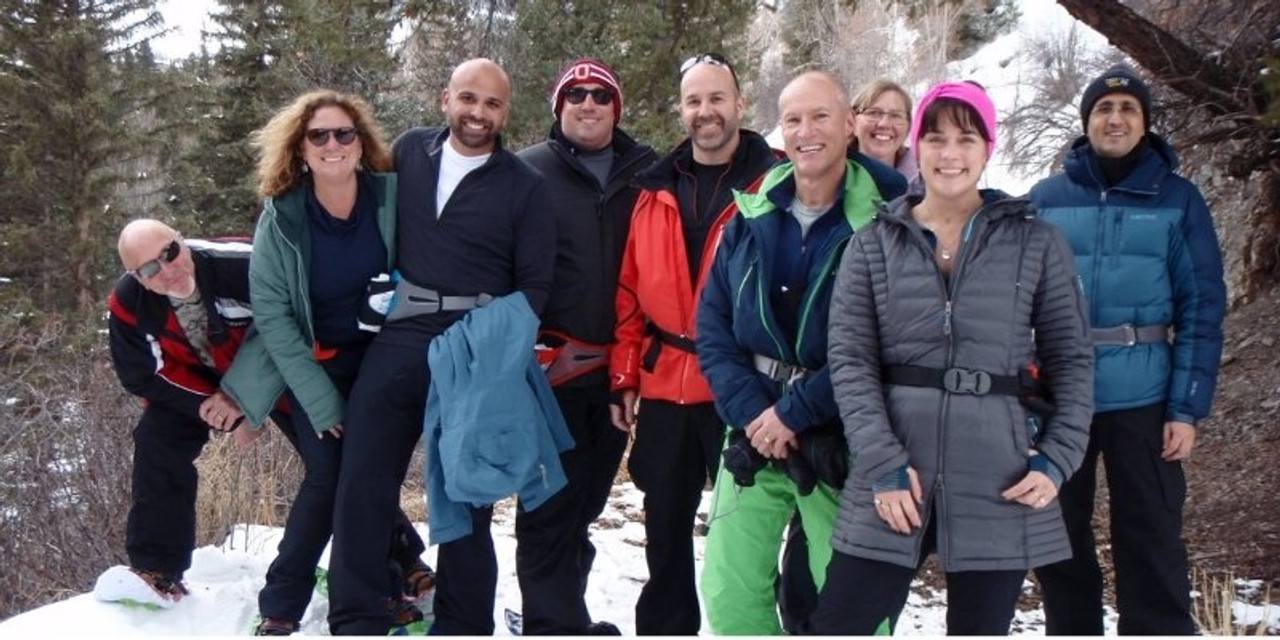What to Wear While Snowshoeing: Layering
Posted by Crescent Moon on Dec 28th 2020
Winter is going to be here before you know it, so there’s no better time to start getting your list ready for the layers you’re going to need to wear on your snowshoeing trips. Winter hats, socks, gaiters, and outer and inner layers of clothing are at great prices right now. So, it’s time to get in the winter mindset and get your layers ready. Here are a few tips on how to choose the best layers for you, and why they are so important for those winter hikes.
The Importance of Dressing In Layers
In the winter season layers are extremely important in order to keep the body warm and temperatures regulated. It’s even more important that you layer when you are participating in a physical activity like snowshoeing. You’re going to sweat, and that sweat could cause problems for you if it's freezing next to your skin! Keep your body warm and dry by layering materials during your hikes and outings.
Snowshoe Layer 1: Wicking
The first layer you’re going to want to focus on is the inner layer, or wicking layer. You should aim to find clothing made of fabrics that are breathable and nonabsorbent, and are able to wick moisture away from the skin. We should be grateful for all the options we have today that are much more high-tech than the past! Waterproof and quick-drying fabrics have made inner layers much more comfortable.
Snowshoe Layer 2: Insulation
The second layer, your insulation, is meant to keep you nice and warm. Your body will still have access to the heat that it is letting off, while still allowing moisture to wick away from your body. Fleece is a popular fabric for this layer. For the insulation layer and the protection layer, you want to find clothing that opens and closes easily. That way you don’t have to worry about pulling your shirt over head while you are trying to hike. Temperatures can get warm during early and late season hikes, and you'll want to be able to open or remove your layers easily.
Snowshoe Layer 3: Protection
Think of the protection layer as your shell. You need this protection layer to be able to withstand water, so it either needs to be waterproof or resilient to water in some way. Remember, you’ll want both your pants and jacket to have these features. And just like all of the other layers you’re wearing, be sure your shell is lightweight.
Snowshoe: Beyond The Layers
Though we all tend to have a lot of it, avoid cotton. Cotton will not insulate you well because it absorbs moisture and is slow to dry. Choose fabrics like fleece, wool, polypropylene, and other materials that are able to insulate properly and allow your body to breath when you perspire. The better you layer yourself, the more enjoyable your snowshoeing experience will be.
In addition to your torso and legs, don't forget about the rest of your body! Be sure to get a waterproof pair of hiking boots or shoes that are also lightweight, and be sure to properly cover your head, hands & feet too!
